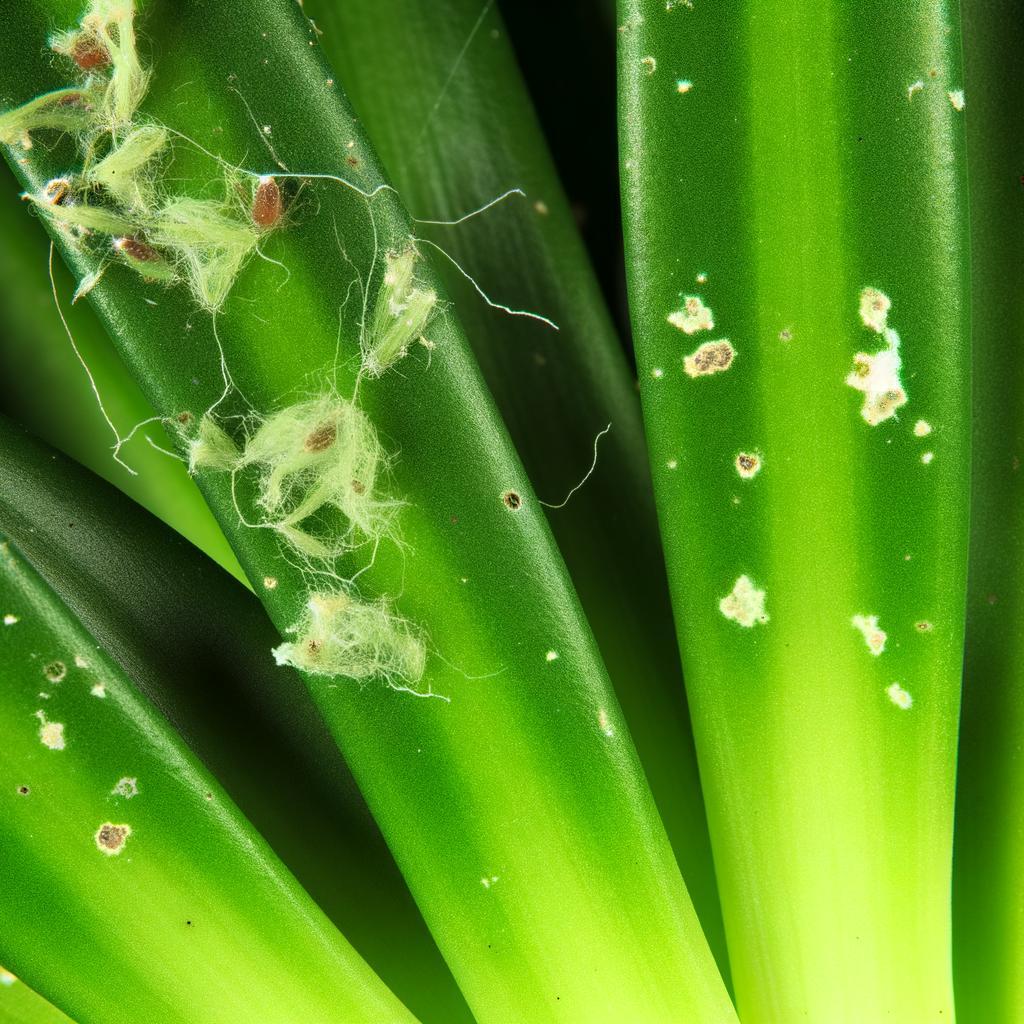Spider Plant Pests: How to Identify & Treat Common Problems
Discover how to identify and eliminate common spider plant pests. From spider mites to mealybugs, learn expert solutions to keep your plants healthy and pest-free.

Why Spider Plants Get Pests
While spider plants are generally hardy, they can fall victim to common houseplant pests. Understanding how to identify and treat these pests is crucial for maintaining healthy plants. Most infestations occur due to environmental stress, poor air circulation, or introducing infected plants to your collection.
Common Spider Plant Pests
The most common pests affecting spider plants include spider mites, mealybugs, scale insects, and aphids. Each has distinct characteristics and requires specific treatment approaches.
Key Pest Types:
- • Spider Mites: Tiny red or brown dots, fine webbing
- • Mealybugs: White cottony masses on stems and leaves
- • Scale: Brown or white bumps that don't move
- • Aphids: Small green, black, or brown insects
Spider Mites: The Most Common Threat
Spider mites are tiny arachnids that thrive in dry, warm conditions. They feed on plant sap, causing stippling (tiny white dots) on leaves and fine webbing between stems. Left untreated, they can quickly spread and cause significant damage.
Spider Mite Signs:
- • Fine webbing between leaves and stems
- • Tiny white or yellow dots on leaves
- • Leaves turning yellow or bronze
- • Visible tiny red or brown dots moving on leaves
Natural Treatment Methods
Start with natural treatments before resorting to chemical solutions. These methods are safer for your plants and the environment while being effective against most pest infestations.
Natural Solutions:
- • Neem Oil: Mix 2 tablespoons with 1 gallon water, spray every 7 days
- • Insecticidal Soap: Use commercial or homemade soap solution
- • Water Spray: Blast pests off with strong water stream
- • Rubbing Alcohol: Dab directly on mealybugs and scale
Chemical Treatment Options
When natural methods fail or infestations are severe, chemical treatments may be necessary. Always follow label instructions carefully and consider the safety of children and pets.
Chemical Solutions:
- • Systemic Insecticides: Absorbed by plant, kills feeding pests
- • Contact Insecticides: Kill pests on contact
- • Horticultural Oil: Suffocates pests and eggs
- • Pyrethrin: Natural insecticide from chrysanthemums
Prevention Strategies
The best approach to pest management is prevention. By creating an environment that's inhospitable to pests and maintaining healthy plants, you can avoid most infestations before they start.
Prevention Tips:
- • Quarantine New Plants: Isolate for 2-3 weeks before introducing
- • Maintain Humidity: Spider mites hate high humidity
- • Regular Inspection: Check plants weekly for early signs
- • Proper Air Circulation: Avoid overcrowding plants
- • Clean Environment: Remove dead leaves and debris
When to Call a Professional
While most pest problems can be resolved at home, some situations require professional intervention. Don't hesitate to seek expert help if your efforts aren't working.
Seek Professional Help When:
- • Infestation spreads to multiple plants despite treatment
- • Plant health continues to decline after 2-3 weeks
- • You're unsure about pest identification
- • Chemical treatments haven't been effective
- • You have concerns about treatment safety
Keep Your Spider Plants Healthy
Regular monitoring and quick action are key to preventing serious pest problems. Remember that healthy plants are less susceptible to pest infestations, so maintaining proper spider plant care is your first line of defense.